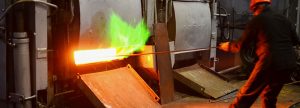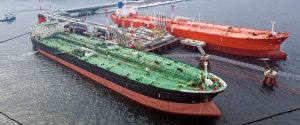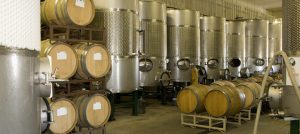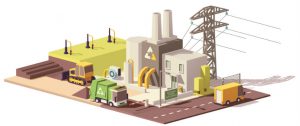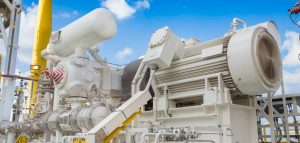Nitrogen Quenching – What Is Gas Quenching
Quenching is a very common technique used in the heat-treating process for steel. The quenching process helps to prevent low-temperature processes like phase transformation by shortening the thermodynamic and kinetic windows for these reactions. Quenching is frequently used to increase subject hardness by reducing the crystal grain size of plastic and metallic materials. What Is […]

